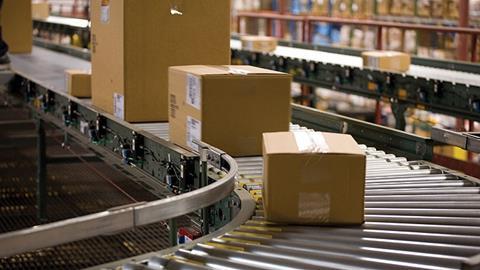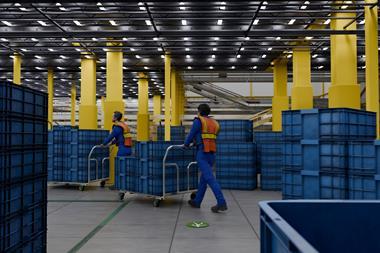A global recession, volatile oil prices and changing consumer demands meant retailers sought efficiencies and innovations in the supply chain throughout the noughties

The 1990s was seen by many as the golden age of the supply chain. The word logistics was adapted from the military definition to mean the delivery of the right product to the right place at the right time and, most importantly, at the right price.
Led by the supermarkets and the then buoyant and all-powerful automotive sectors, this mantra spawned concepts such as ‘just-in-time’ delivery and ‘supply in line sequencing’ where there was literally no stock holding across supply chains that spanned the globe - from low-cost Eastern manufacturing plants to high-churn Western supermarkets and car showrooms; from farm to fork and coffee bush to coffee cup.
What a difference a decade makes. A global recession, the volatility of international oil prices and the need for retailers to be lean, mean and green in their supply chain practices has triggered efficiency drives, while the growth of the internet has further revolutionised the supply chain with online shopping amounting to 15% of sales in the run-up to Christmas 2009, according to the Internet Market Research Group.
Changing consumer demands
The noughties has been a challenging and exciting time to be involved in the supply chain as industry consolidation has been driven by more demanding customer expectations. This has led to greater supply chain shrinkage from wastage, damage and process error thanks to more generous return policies.
In addition, there are the spiralling levels of loss from theft and fraud which cost UK retailers almost £4bn last year, the 2009 Global Retail Theft Barometer found. This has created a need for greater transparency and almost forensic accounting of stock at both a macro and micro economic level.
Anecdotal evidence suggests the amount attributed to shrinkage in the supply chain could be as high as 28%. This increases the debate around source tagging - the application of soft and hard EAS (Electronic Article Surveillance) security tags at the point of manufacture rather than in stores.
Source tagging is also the forerunner of RFID (Radio Frequency Identification), the so-called ‘smart’ tags that hold volumes of data to support supply chain replenishment and enhanced stock availability that will drive additional sales. When added to the reduced shrinkage figures, this makes a compelling argument to any financial director; albeit that advocates of the smart technology still have to overcome the prohibitive entry cost of the RFID tags.
Efficient supply chains will ultimately deliver greater product availability and more sales as well as reduce shrinkage from theft, fraud, damage and administrative errors. Companies need to have laser accuracy of all outgoing orders and develop collaborative partnerships with their supply chain providers to ensure exacting standards so that, at any time, independent supply chain audits can be conducted with full confidence of finding the right levels of compliance and the correct positioning of inventory.
Many retailers now work closely with third-party stocktakers to avoid accusations of in-house collusion and to assure greater accuracy of the wall-to-wall counts via the latest hand-held wireless warehouse technology. These stocktakers add value by advising on how to avoid delivery discrepancies, stock-loss, excessive damage and the cost consequences of holding too much stock at any given time. Advanced reporting techniques help identify areas of weakness to target and influence poor performance that has a positive knock-on effect with regard to staff behaviour within the supply chain and helps to measure the impact of positive change.
The next 10 years looks set for further changes, but advances in technology and the precision counting of inventory - and transparency of where it is at any given time - lies at the core of the 21st century supply chain.
It is rather like the humble pallet; no matter what technological advances are made, all supply chain systems are designed around several pieces of wood nailed together. Similarly, accurate counting is the building block of supply chain excellence.
- Email:charlotte.mottram@orridge.co.uk
- Telephone: 01279 775 600
Decade essays: 10 years of retail progress
- 1
- 2
 Currently reading
Currently readingA leaner, meaner, greener retail supply chain
- 3
- 4
- 5
- 6































No comments yet